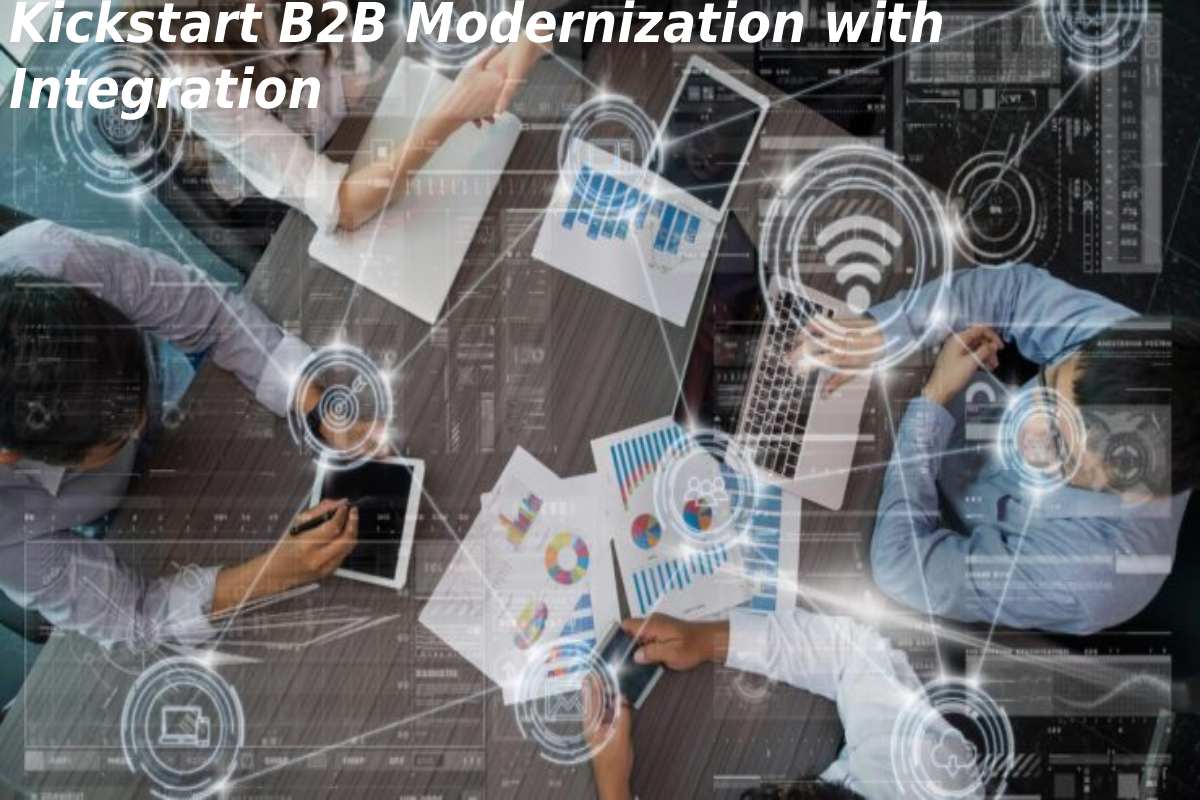Kickstart B2B Modernization with Integration

Table of Contents
How long have you had a legacy integration tool in place? Is it five, ten years, or even longer?
Legacy systems have dominated the mainstream business market almost like unbeaten horses, but even workhorses have a limited lifespan.
There are many reasons why an enterprise might want to rely on a legacy system for multiple integration purposes. However, the rationale for maintaining them does not always succeed to suffice the logic behind B2B modernization.
Legacy systems make turn systems more fragile and complex. As the technical resources bear the responsibility for running processes like onboarding, mapping, and integration.
It becomes challenging to focus on more high-value tasks. IT and developer teams have to connect customer data via the point-to-point method and execute long hours of custom coding and EDI mapping, which impacts the organization’s ease of doing business and value generation.
B2B Modernization with Integration
Companies that want to leverage customer data proactively and corner the business landscape must modernize their B2B integration capabilities. Modern B2B integration software can play a role here. It can bolster the organization’s operational visibility and improve operational efficiency and decision-making.
These solutions enable business users to build data connections and integrate new customers at the speed of business – in minutes instead of months. With self-service and AI data mapping features, even non-technical business users can carry out myriad tasks or operations without needing IT or developer teams to intervene. Users can easily monitor, manage, and use customer data to make successful decisions and deliver delightful experiences. By empowering non-technical business users, modern B2Bi solutions can free IT resources to help them focus on more important tasks.
This blog post will discuss how a modern B2B integration platform can help companies embrace the wave of B2B modernization in detail. But before acknowledging the perks, let us tap into some tips that come in handy for companies switching to a modernized integration system.
Tips for Streamlining B2B Modernization
Just like any other process, B2B modernization needs a methodical approach that encompasses six essential steps. Here are they:
Companies need to make sure to do a brainstorming session with the team to optimize B2B processes and facilitate delightful customer experiences.
Next, they need to pick one area to pilot, like the supplier they are doing business with. Identifying this is important.
And also, It is advised that users do not go for big bang implementation to eliminate business interruption risks.
Further, organizations must start optimizing important steps such as data mapping to cut downtime and cost overheads.
Then, a modernized B2B integration platform has to be deployed. Using such a solution will help companies facilitate API, workflow automation, and data transformation capabilities to reduce TCO and preparing for future business challenges.
Finally, IT teams must keep a watch on innovations trending in the B2B landscape.
Driving B2B Modernization Initiatives Using a Modern Integration Platform
As already discussed, modern B2Bi solutions enable all business users to connect faster and drive value generation. They offer many benefits, some of them include:
Greater Operational Visibility
Companies that reimagine their way of integrating customer data can gain a single-pane-of-glass view to all the authorized users. Even non-technical business users can view all the information they need and see it all in one place, promoting visibility and centralized access.
All the departments are, therefore, have access to each other whereabouts and can access data from one place, leaving the communication complexity behind.
Improved Operational Efficiency
Higher operational efficiency underpins an organization’s success; it greatly improves its ability to survive, sustain, and thrive in the current disruptive business environment. Modern B2B integration software helps them achieve this goal with ease and precision.
As companies can connect and integrate data sources across the business ecosystem and automate the process, they can easily get rid of siloes and thus streamline collaboration. Improved quality insights and business intelligence help them make better business decisions and deliver valuable experiences.
Better Decision-Making
Organizations can make business decisions when they have all the information at speed. Modern data integration solutions enable non-technical business users to access data that helps them fetch better sales opportunities and capitalize on them to drive revenue faster.


Review Kickstart B2B Modernization with Integration.